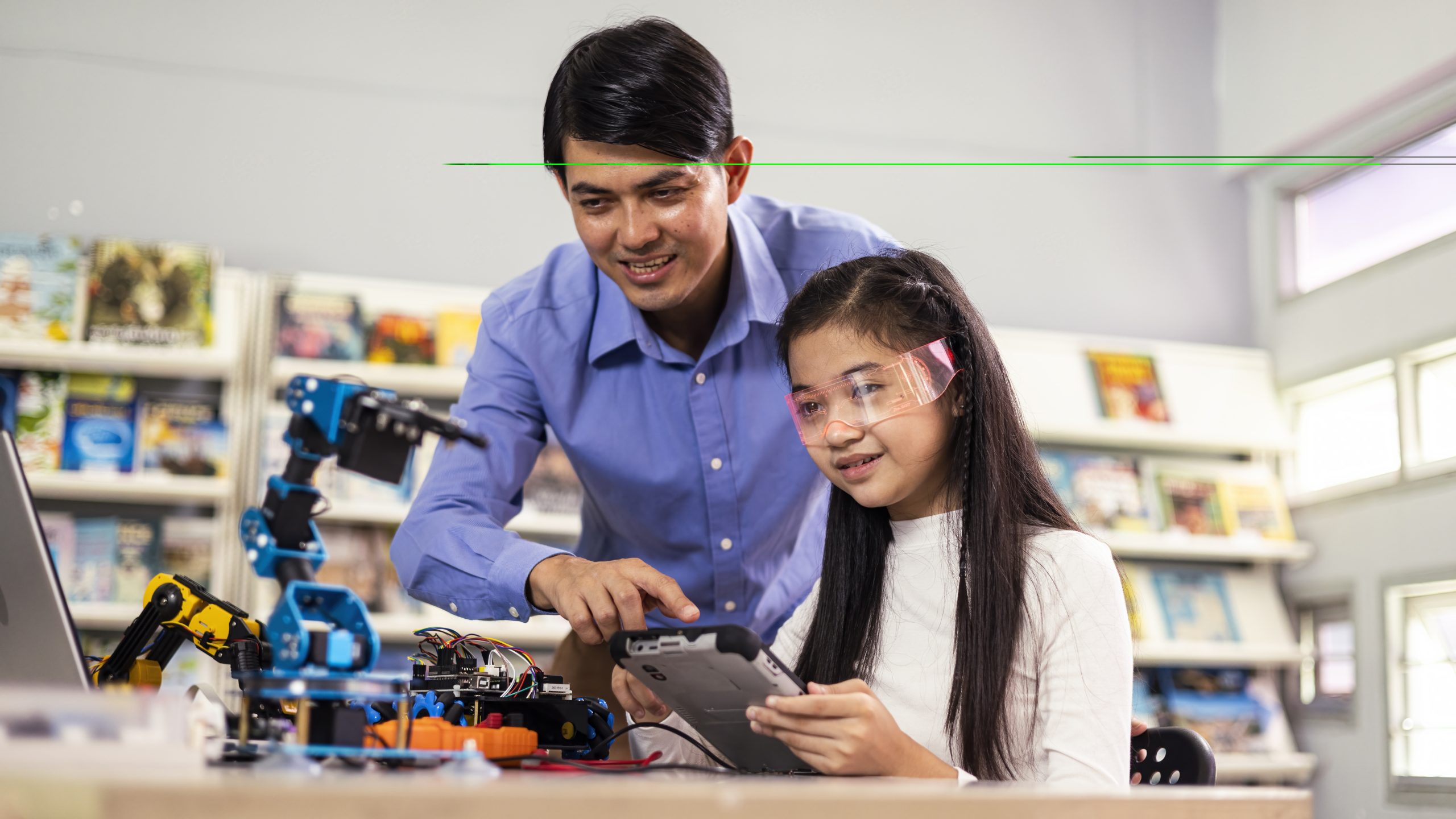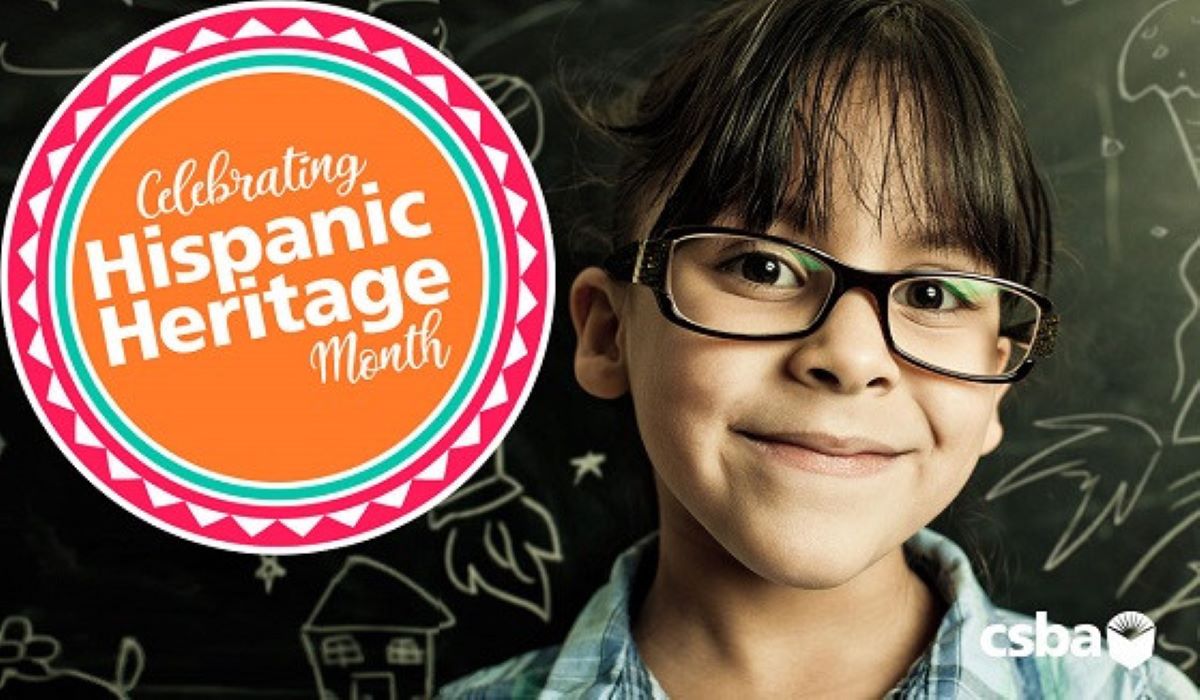The Coachella Valley Unified School District has become a leader in providing career technical education (CTE) opportunities to students in middle school, and even lays the foundations for in-demand, high-paying fields like coding and renewable energy as early as elementary school.
“It’s giving these kids kind of a leg up, and it’s been really exciting,” said Marie Perotti, the district’s director of College & Career Readiness.
The district uses programs offered at its high schools to determine what’s being offered at a feeder middle school. About 10 years ago, there were just 12 high school programs, she said. “We now have 22 high school programs, and then we have the 20 middle school feeder programs. And that’s probably going to expand because we’re going to have to add education.”
Throughout the district, this allows students to explore careers in industries in their own backyards that are in need of burgeoning talent, including health care, hospitality, digital design and production, public safety, engineering, CISCO networking, mental and behavioral health, automation and robotics, flight and space, energy and environment, green architecture and agriculture.
These efforts align with a recent shift in attitudes toward CTE. In July, the Education Commission of The States released a brief noting that experts tend to agree that middle school is a better time for students to begin discovering their passions, interests and possible careers, rather than waiting until high school.
“Connecting classroom learning to the real world can be an effective engagement strategy,” the brief states. “Earlier career exposure can increase students’ likelihood of successfully transitioning into the high-value postsecondary options increasingly required for good jobs, and schools will need to be positioned to offer this support to ensure equitable access for all students.”
Across all grade spans, the district participates in KidWind, a renewable energy program that, for children at the elementary level, may be their first exposure to concepts associated with coding. As part of the program, students use engineering practices to build functioning wind turbines.
Participating schools receive seed money to create a lab, instructional supplies and professional development.
“The model is exposure and awareness in elementary and getting the kids interested. It’s important for them to be good readers, it’s important for them to learn foundations of math, but they also have to understand the ‘why’ even in elementary school,” Perotti explained. “It’s not just that we want you to learn to read, we want you to be a productive human being, and we want you to ask critical questions.”
Benefits
Perotti said the district’s new superintendent, Frances Esparza, aims to ensure every student participates in some form of CTE programming. Among the district’s 2023 graduates, 38 percent participated in programs. “They have the higher A-G rates, they’re engaging in dual enrollment and college credit programs, they score higher on the [Smarter Balanced Assessment Consortium exams] — our state testing — they have higher GPAs,” Perotti said. “So, we are looking at how we can make it so that every student belongs to something.”
Families, once reticent to allow their children to enroll in CTE due to outdated assumptions that programming was like the vocational education they’d grown up with, are beginning to see and understand the benefits of participation as well.
Now, they’re beginning to see students in these programs working hands-on at local health clinics, or at the airport through the aviation program, Perotti said. Parents are witnessing more students participating in dual enrollment opportunities that are giving them a head start in training for careers that are local, high paying and in demand.
And, just as important, Perotti said families are seeing how students are able to explore their options through CTE before they find themselves pigeonholed into a life they don’t want.
“Now, too many kids go to college blindly because they might be really academically smart, so someone tells them, ‘You should go be a teacher. You should go be a civil engineer. You should, you should, you should.’ But if they don’t have a chance to try it on, they get to college and go, ‘I don’t like this,’ and then they keep switching majors, and before you know it, it’s taking them forever to finish if they even do finish. But sometimes they finish because they feel stuck and they hate the career,” Perotti said. “I hear these stories all the time, so my goal for my district is that we give so many exposure opportunities for students that by the time they get to high school, they’re picking what they want to do and that they’re having a true college and career plan. And they know exactly what the next four years look like for them when they leave us because we’ve offered enough to them that they know and it’s not guessing anymore.”





